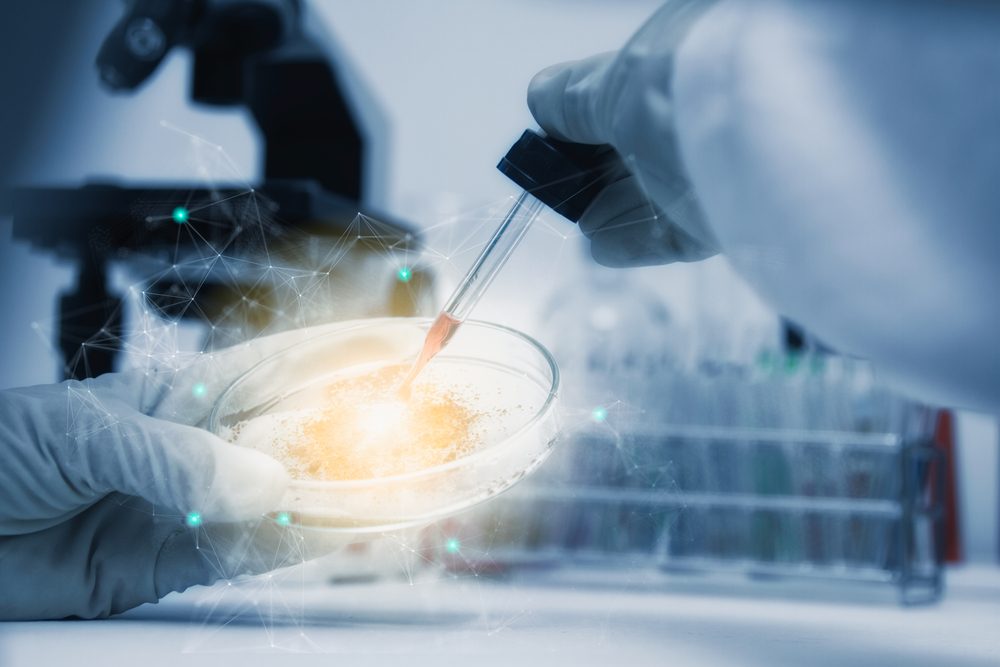Abstract
This study investigated combination nanocarrier and microwave system for α-tocopherol and γ-tocotrienol delivery against dermatitis, without skin thinning effect of steroids. The vitamin E was formulated into water-rich/water-poor nanoemulsions, and had their droplet size, zeta potential, morphology, therapeutic content, encapsulation efficiency and release, in vitro skin therapeutics/nanoemulsion penetration, retention and permeation profiles, and in vivo pharmacodynamics characteristics examined, with skin pre-treated by precision microwave when applicable. The nanoemulsions had droplet sizes <150 nm and negative zeta potential values. The skin pre-treatment by microwave (1 mW/3985 MHz) promoted therapeutics accumulation in epidermis through enhancing nanoemulsion penetration into skin. The combination nano- and microwave technologies fluidized skin lipid and protein domains with epidermal microstructures being fluidized to a greater extent than dermis, allowing a relatively high epidermal-to-dermal nanoemulsion distribution. Microwave of lower or higher than 3985 MHz brought about lower skin therapeutics/nanoemulsion accumulation due to insufficient lipid/protein domain fluidization or microwave-skin interaction limiting at skin surfaces only. Using water-rich nanoemulsion with higher therapeutic release and skin pre-treatment with 3985 MHz microwave, dermatitis was alleviated in vivo without skin thinning of standard steroid. The use of combination microwave and nanotechnology promotes vitamin delivery and translates to positive dermatitis treatment outcome that warrants future investigation.

:max_bytes(150000):strip_icc():format(webp)/GettyImages-185549437-37d51ba156a143be9ee70de1324f8624.jpg)



